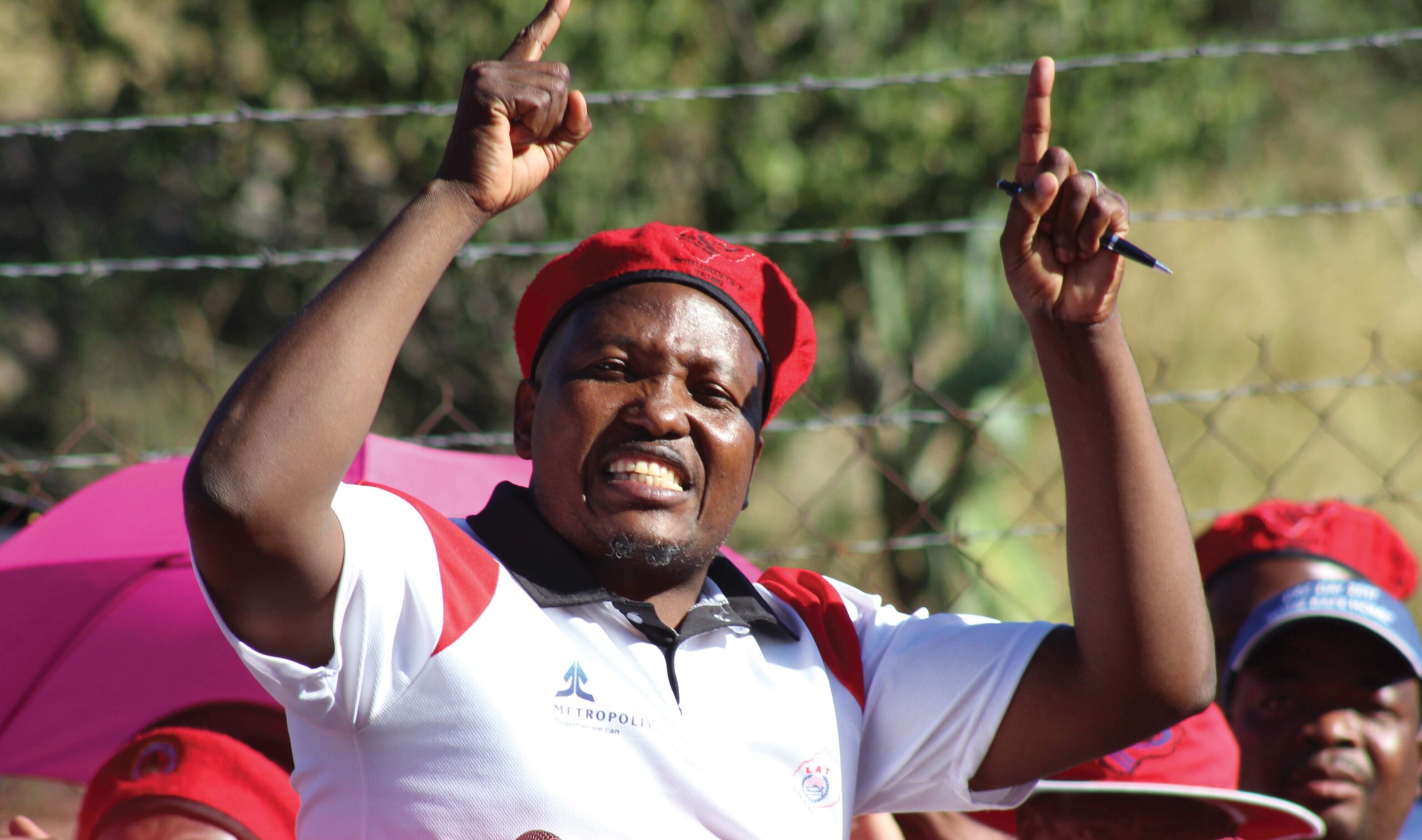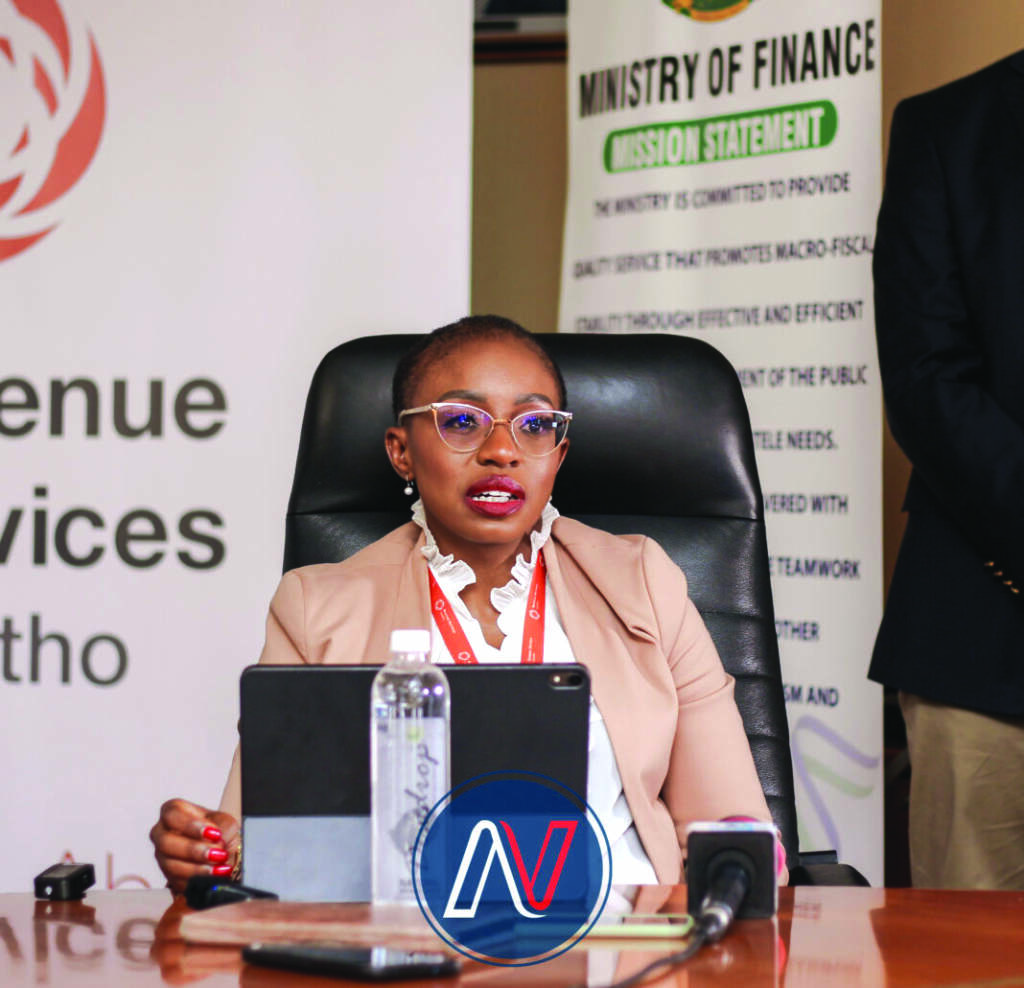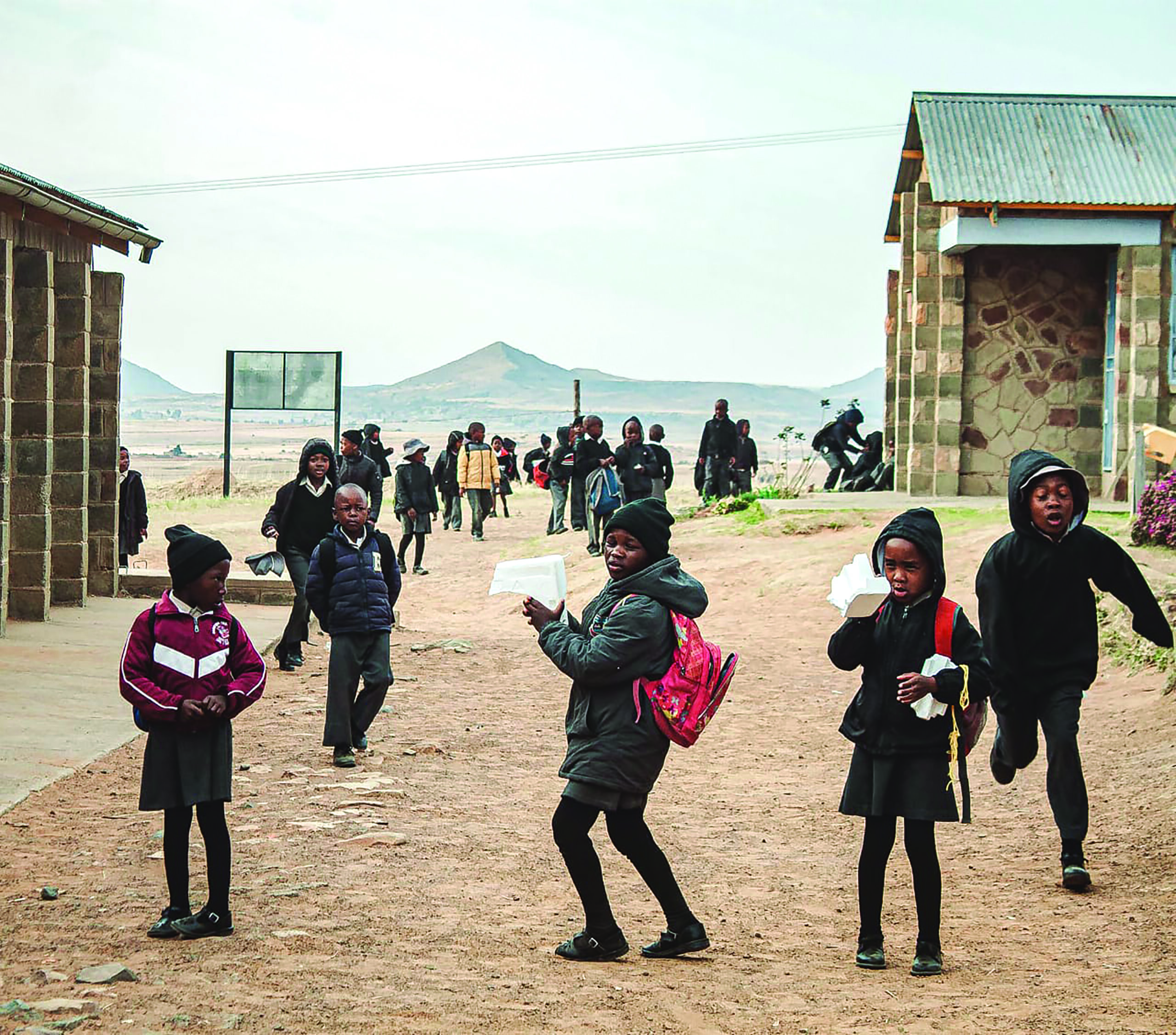Ntsoaki Motaung
Secretary General of the Lesotho Association of Teachers (LAT) Letsatsi Ntsibolane has said the bad results of the 2022 Lesotho General Certificate for Secondary Education (LGCSE) examinations are a reflection of the government’s investment in education.
Ntsibolane said more than 50 percent of the student who sat for examinations failed because “the country does not prioritize educationâ€.
“The 2022 results clearly show that the country does not invest in education and that is why we will keep on seeing our pass rate decreasing instead of rising,†he said.
He indicated that some people regarded education as a wasteful expenditure because some students drop out of school when they have failed thereby rendering all the money that was used for their education a wasteful expenditure.
Apart from low investment in education, Ntsibolane indicated that another factor that led to the high failure rate was the irrelevant curriculum.
“The curriculum that is being used at the moment has more content which is irrelevant than the one much needed,†he said.
He added that the results of the irrelevant curriculum were likely to be seen again in this year’s results.
He also mentioned that the Covid-19 pandemic was also one of the contributors to the poor results as well as the teachers’ strike which lasted almost a year in 2019.
“Lack of infrastructure, as well as stationery, at schools is also a contributor to bad results and that is why we are saying the government has to invest more in education. On top of that, teachers also have to be happy and have their grievances addressed so that they can help students attain best results,†Ntsibolane said.
He stressed that LAT will always advocate for quality Education.
Lesotho spent about 10 percent of its gross domestic product (GDP) for the education sector in fiscal year 2015/16 — more than other countries at the same level of income per capita, World Bank said in March 2019.
In its report titled; Kingdom of Lesotho Education Public Expenditure Review, the World Bank said high governmental spending in the education sector reflects the government’s priority of providing free primary education.
“Indeed, primary education receives the largest share of spending in accordance with the country’s provision of free primary education. However, when bursary spending through the Ministry of Development and Planning (MoDP) is included, tertiary spending is also high,†read the report.
It indicated that by contrast, spending on Early Childhood Care and Development (ECCD) was very low, as was secondary education spending.
The report further stated that since the introduction of free primary education in the year 2000, the number of teachers increased by 50 percent, contributing to lower student-teacher ratios notwithstanding the great geographical disparities.
“With almost 15,900 teachers, Lesotho has achieved a student-teacher ratio of 30 for the country as a whole, with a ratio of 33 in primary schools and 25 in secondary schools — although with great variation across districts,†it read.
However, this was not particularly high in an international context.
The report indicated that according to data from the World Development Indicators (WDI), the primary level student-teacher ratio was 55 in Mozambique and 34 in neighbouring South Africa, whereas in secondary schools it was 40 in Mozambique, 24 in Namibia, and 25 in South Africa.
World Bank also disclosed that the largest share of education spending was for recurrent expenses, with the ministry of education and training spending almost 80 percent of its budget on staff.
“High spending in the education sector appears to be driven by high teacher salaries further constraining limited resources, considering the country’s economic status as a lower-middle-income country, the high rate of unemployment among potential teachers, and the salaries paid to other public and private sector workers in Lesotho,†the report read.
Summary
- Secretary General of the Lesotho Association of Teachers (LAT) Letsatsi Ntsibolane has said the bad results of the 2022 Lesotho General Certificate for Secondary Education (LGCSE) examinations are a reflection of the government’s investment in education.
- The report indicated that according to data from the World Development Indicators (WDI), the primary level student-teacher ratio was 55 in Mozambique and 34 in neighbouring South Africa, whereas in secondary schools it was 40 in Mozambique, 24 in Namibia, and 25 in South Africa.
- “High spending in the education sector appears to be driven by high teacher salaries further constraining limited resources, considering the country’s economic status as a lower-middle-income country, the high rate of unemployment among potential teachers, and the salaries paid to other public and private sector workers in Lesotho,†the report read.

Your Trusted Source for News and Insights in Lesotho!
At Newsday Media, we are passionate about delivering accurate, timely, and engaging news and multimedia content to our diverse audience. Founded with the vision of revolutionizing the media landscape in Lesotho, we have grown into a leading hybrid media company that blends traditional journalism with innovative digital platforms.










